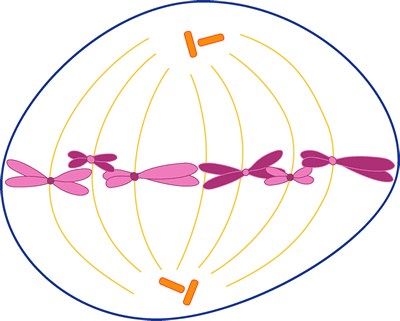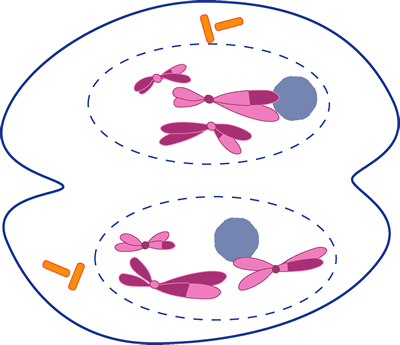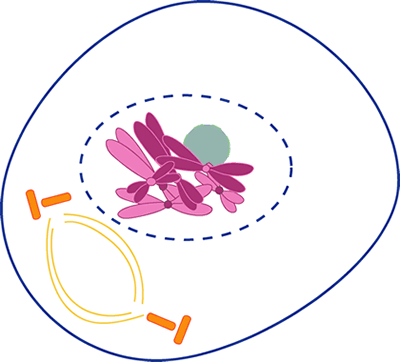Instructions: Read the page and click YES or NO, reach the next...click YES or NO...etc until you’ve read all the arguments -- You will need to do this 12 times in order for your votes to be tallied. Navigate the site, each of the bold headings below are links within the site
1. What is a GM Crop.
A genetically modified crop.
2. List 2 arguments FOR the growing of GM crops
a. GM foods will have even greater benefits for the world's poor, supporters state. With genetically modified foods, simple foods like rice and such can give you all the nutrition you need. For developing countries, if rice is all they can afford, this "golden rice" can give them all the nutrition they need.
b. Genetic modification couldn't be more natural. When mixing genes and putting them into another organism, you are not disrupting the circle of life because the basis of evolution is that they would have done it anyway. We are just speeding up the process.
3. List 2 arguments AGAINST the growing of GM crops.
a. Even if farmers in developing countries don't grow GM crops, they could still be hurt by them. Although these farmers are not influenced directly, they are still effected because when people see the new improved foods with high nutrition, they will not buy from the smaller farmers and they will go out of business.
b. One of their greatest worries is that GM crops could harm other wildlife. The GM plants may be hurting/killing other organisms because they cannot either adapt to the change in the other organism, or the organism is giving off a new substance that hurts/kills the other plant.
*Read some of the reader’s responses.
Engineer a Crop
4. Practice this simulation until you get the largest ears of corn. How many times did it take you?
It took me one time.
What’s for Dinner?
*Click on the foods on the table to see what research is being done to bioenginner the foods.
5. List two foods and desribe how they are being modified.
Sushi- Researchers are trying to genetically modify rice with altered starch levels, pest resistant, and "edible nutrition". Salmon might also become the first GM fish.
Viewpoints
*Read the article titled “Are GM Food Sufficiently Regulated in the US?”
Do you think food should be labeled if it has been genetically modified? Why or Why not?
Yes I do think that foods should be labeled if they are genetically modified or not because people need to know what they are eating. If the manufactures injected peanut oil into some foods because it made the food taste better, or for whatever reason, they need to know if they can eat that food. If the manufactures had put peanut oil into some random food such as apples because it made them juicier, then a person with peanut allergies needs to jnow before they wind up at the hospital.
Finished? Go to www.yahooligans.com and type "genetic engineering" in the search field. Browse some of the sites that pop up.
(Yahooligans is better than yahoo, the sites tend to be picked for education rather than for scientists and universities, you'll find more understandable and interesting sites on yahooligans than you will with Yahoo)
Write down any of the sites you visited below.
http://www.eurekascience.com/ICanDoThat/cloning_pt.htmhttp://www.eco-pros.com/geewhizfood.htm
http://www.eco-pros.com/genetic_engineering.htm


